
Smart Charging Solutions
Discover adaptive chargers that work seamlessly across all your devices. Our recommended picks ensure faster, smarter power-ups with advanced safety 🚀⚡
Curious about wireless charging through cases? We've got the definitive answer. Most modern cases are designed for Qi charging, but thickness and material are key. Discover which cases work best, what to avoid, and how to ensure a fast, reliable charge every time. ⚡️📱
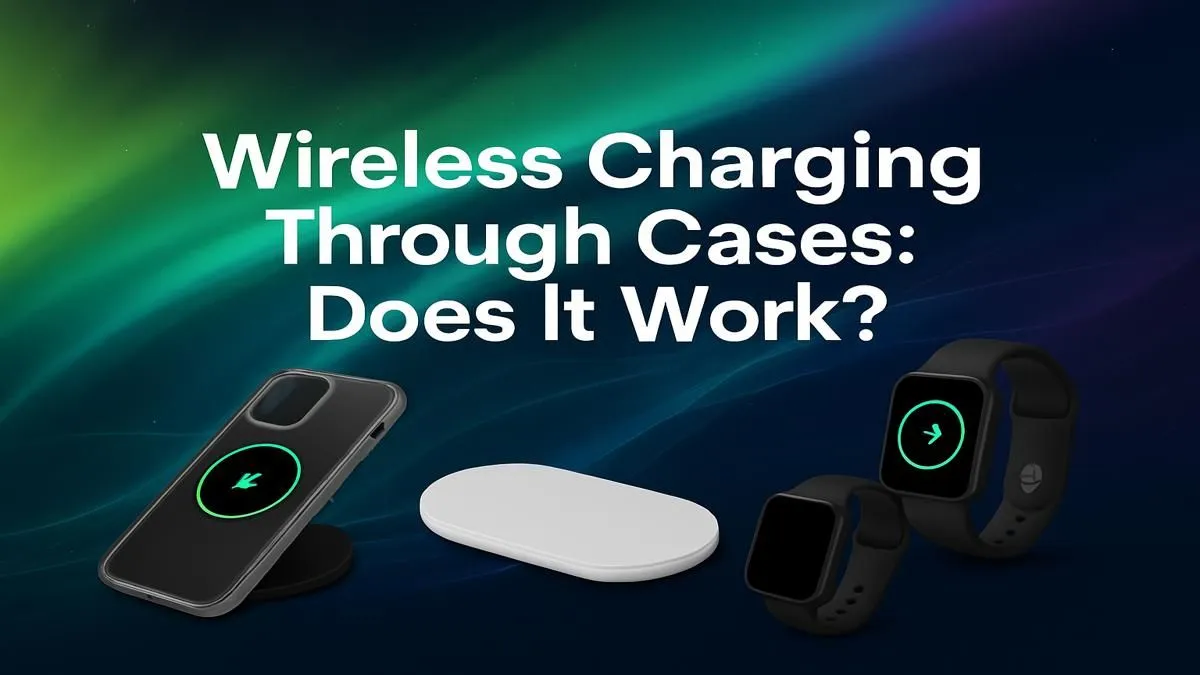
Tired of fumbling with cables? Wireless charging is a sleek solution, but there's always that one nagging question for South Africans who love protecting their gear: do you have to peel off your phone case every single time? It’s the ultimate convenience killer. Let's clear the air and find out if wireless charging through cases is a myth or a daily reality. The answer might just simplify your life.

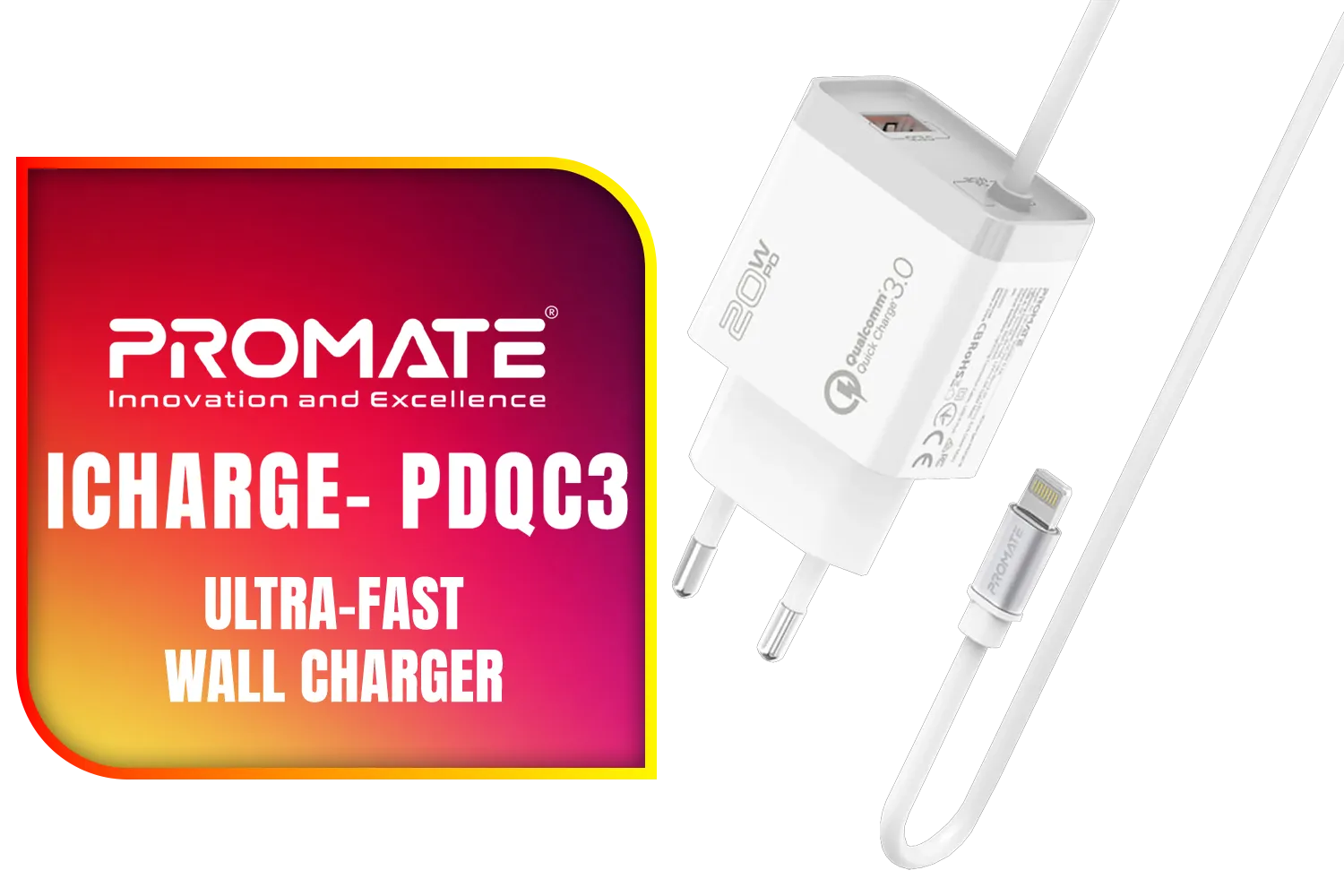

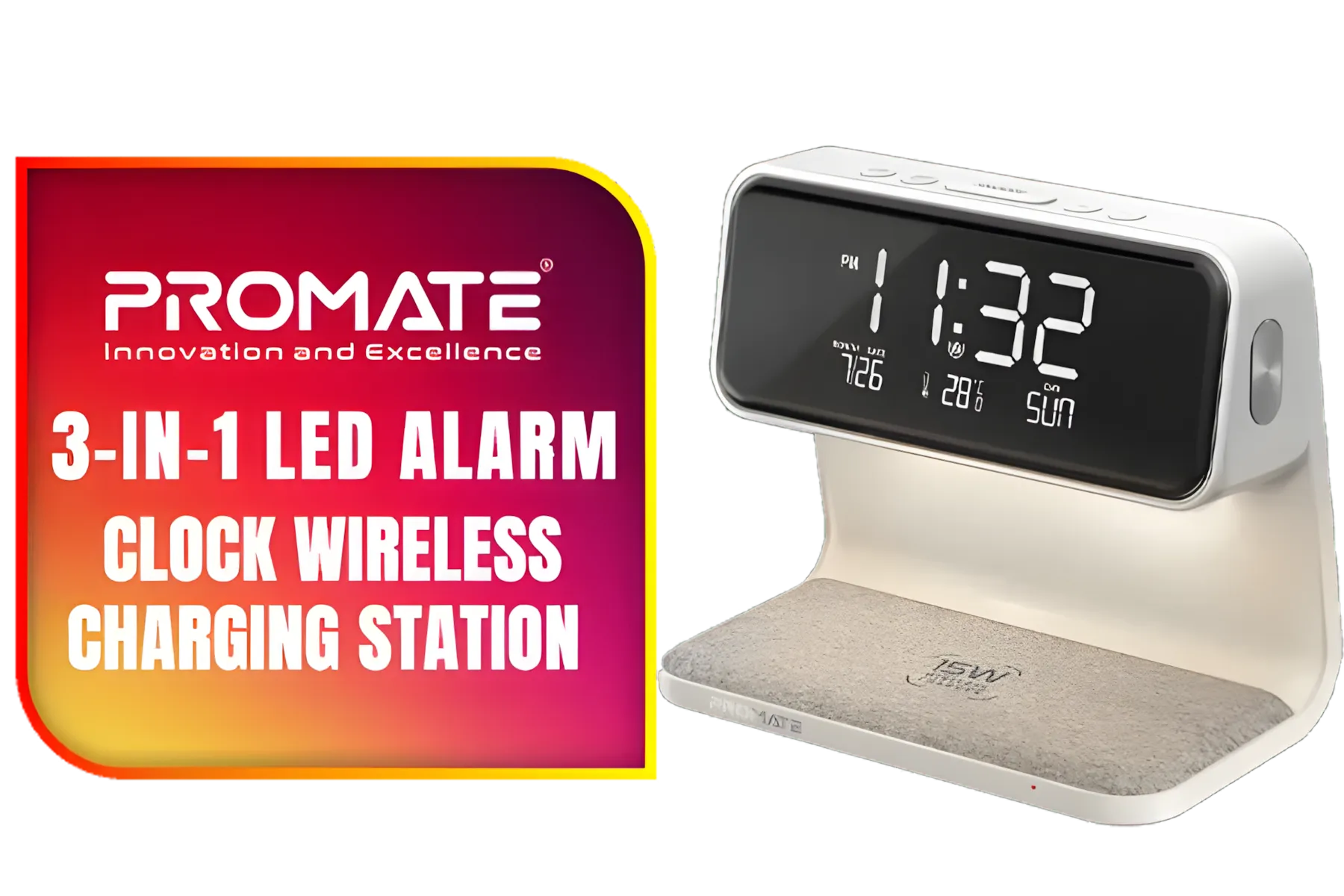

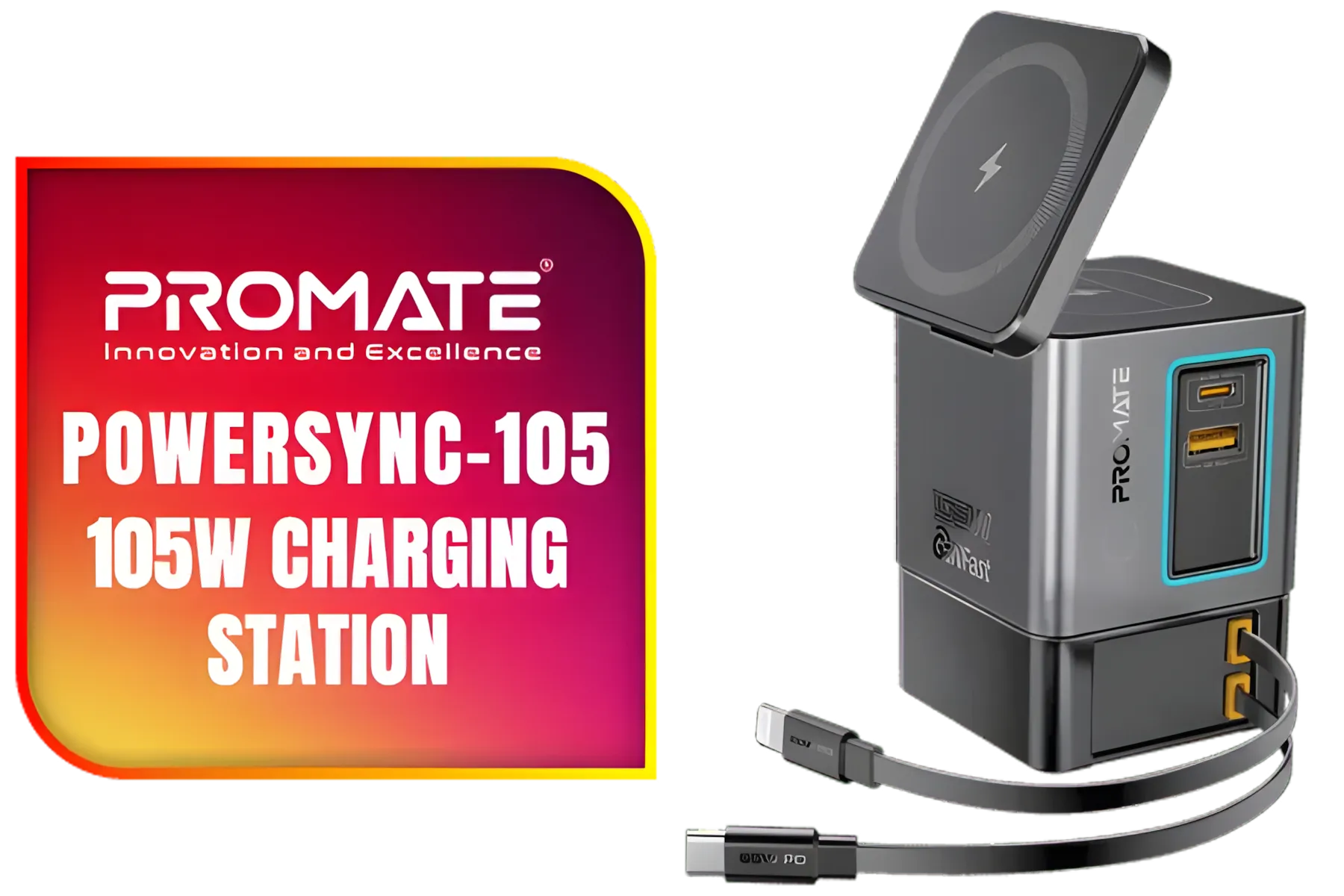
The short answer is a resounding yes! For the most part, you can absolutely use wireless charging with a case on your phone. Modern Qi (pronounced "chee") wireless chargers are designed to work through thin layers of material. Think of it like Wi-Fi… the signal can pass through walls, and a wireless charging field can pass through your typical phone cover.
However, it's not a free-for-all. The effectiveness depends entirely on two key factors: your case's thickness and its material.
Getting a consistent, speedy charge comes down to physics. The magnetic induction field that transfers power from the pad to your phone gets weaker over distance.
As a rule of thumb, most wireless chargers can comfortably transmit power through cases up to 3mm thick. Some premium models might push that to 5mm, but anything thicker, like a super-rugged armour case, will likely block the connection.


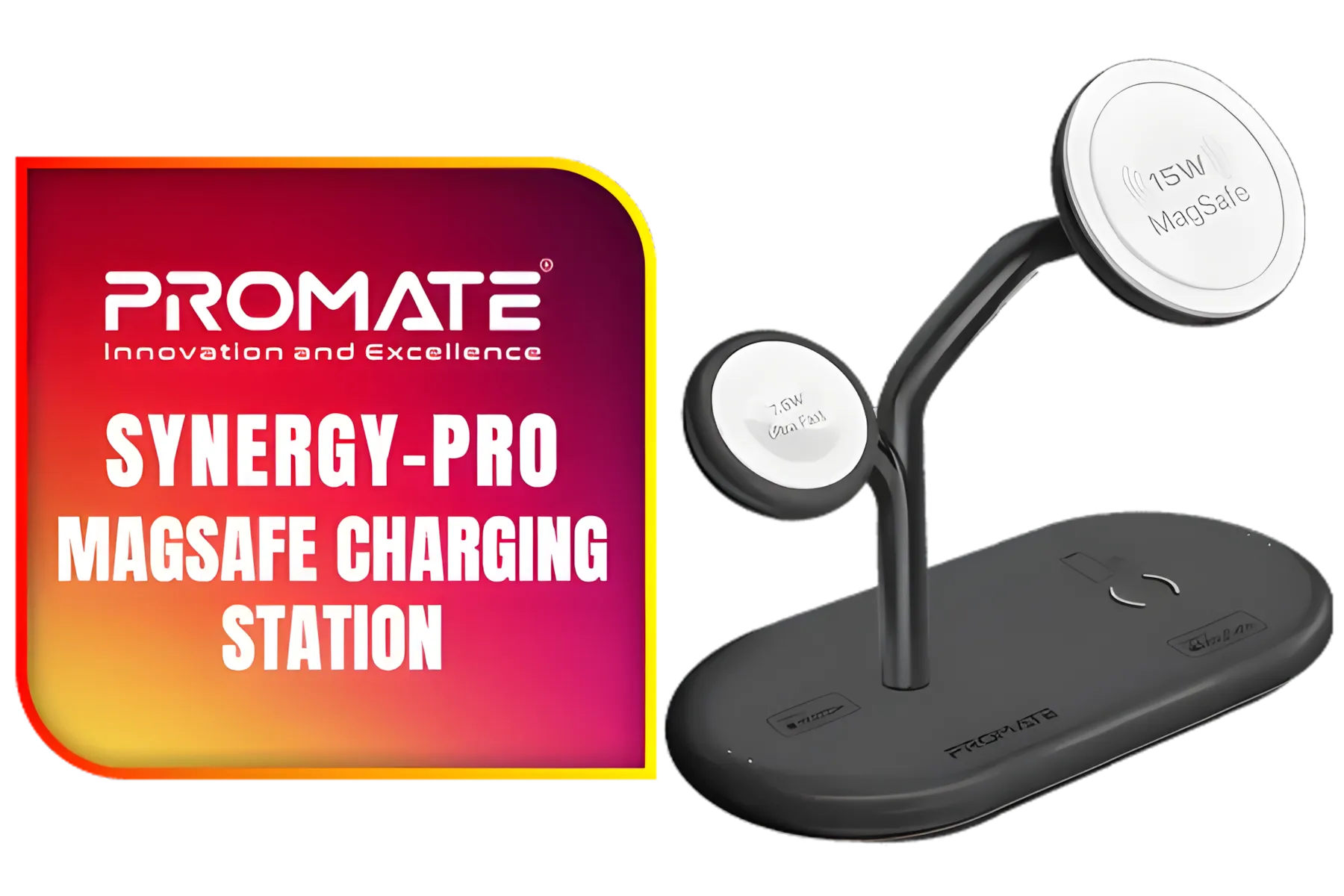
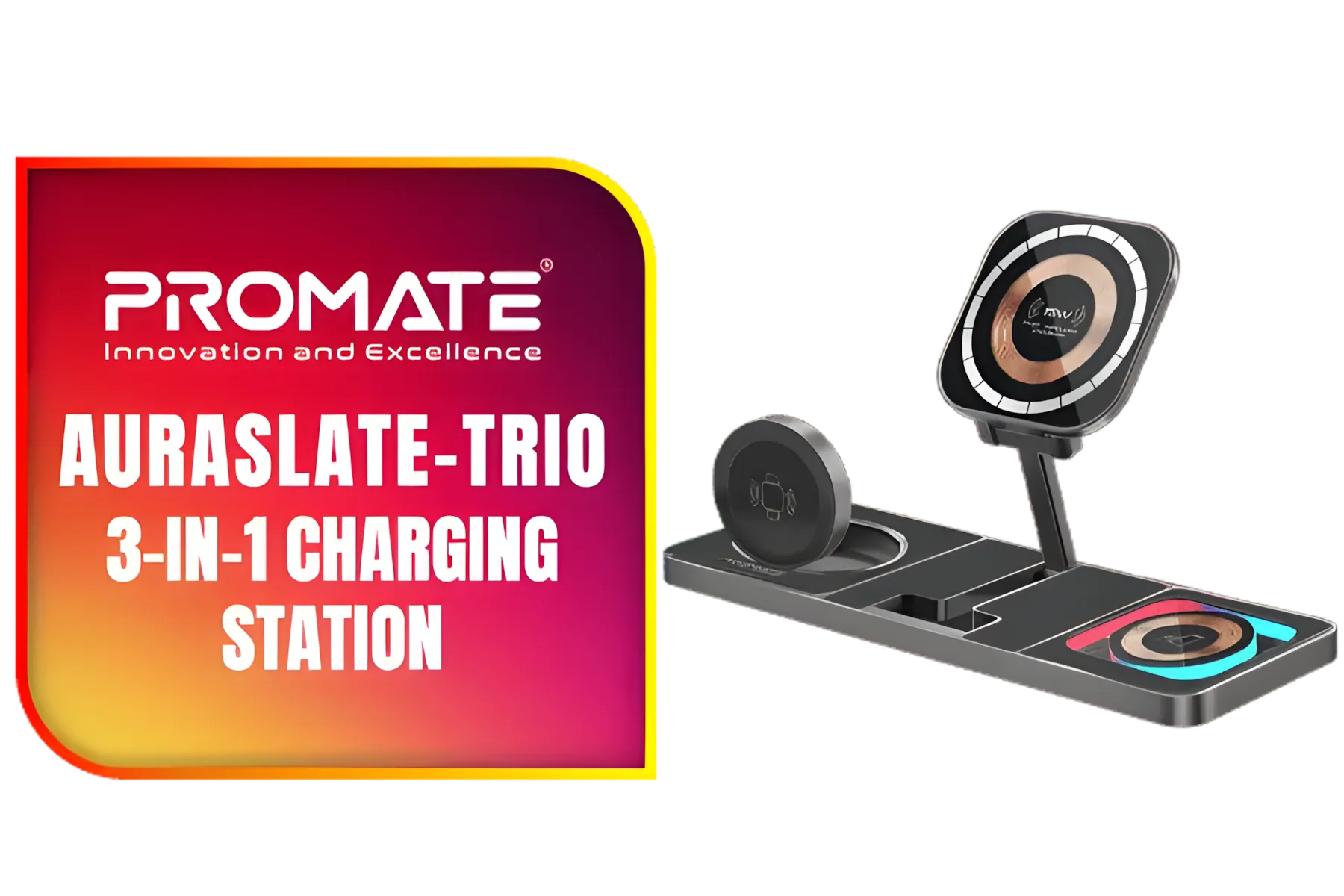


This is the most critical factor. For seamless wireless charging through cases, you need a cover made from a non-interfering material.
If you're in the market for a new power solution, starting with a quality wireless charger is the best first step.
buying a new case, check the packaging or product description for "Qi-compatible" or "wireless charging compatible." If you already have a case and you're unsure, the best test is the simplest one: just place it on the charging pad. If your phone starts charging, you're good to go!
Is your phone refusing to charge wirelessly? Before you blame the charger, check your case for these common culprits:
Choosing gear from reputable manufacturers often helps avoid these issues, as many top brands like Promate design their accessories with wireless charging in mind.
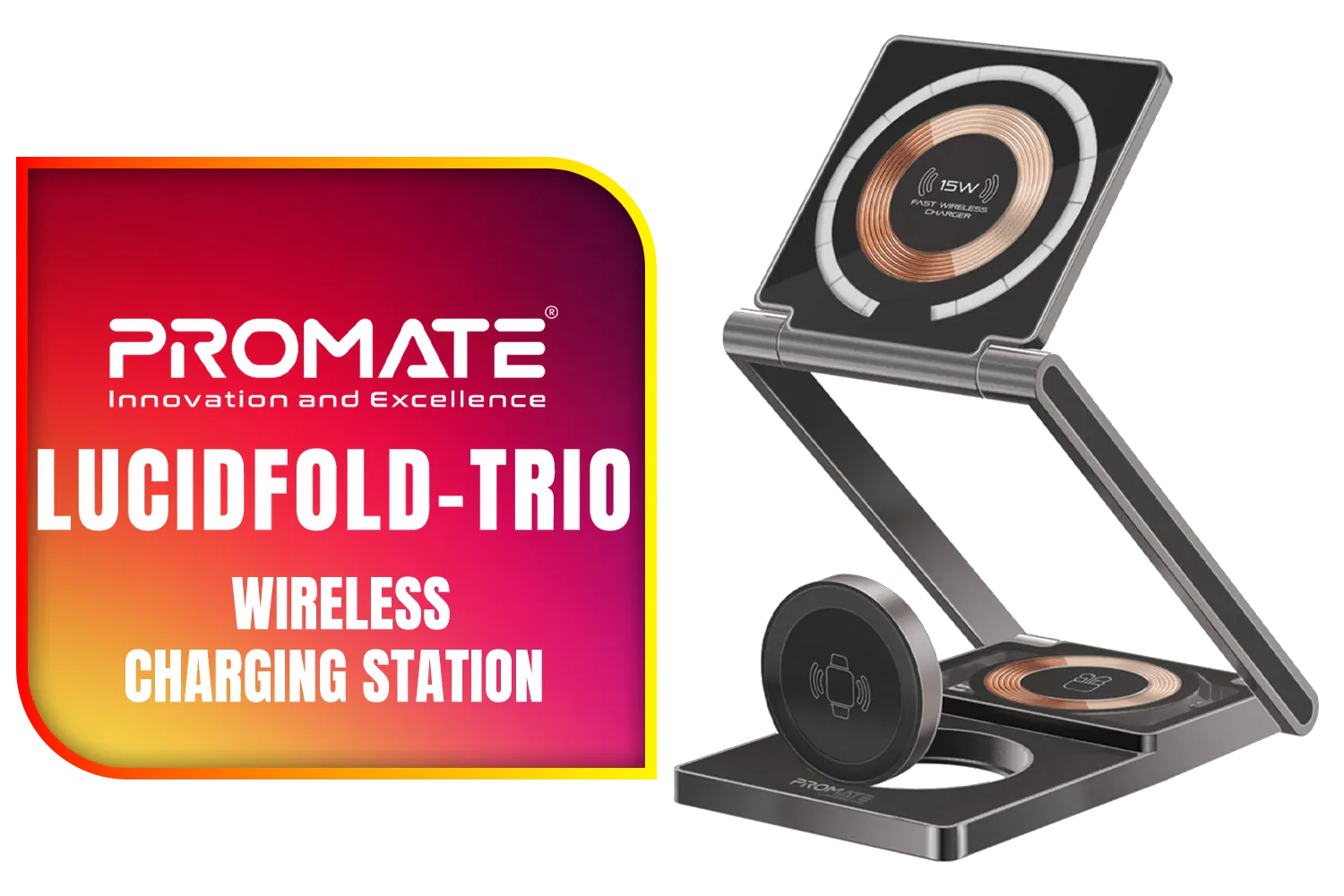
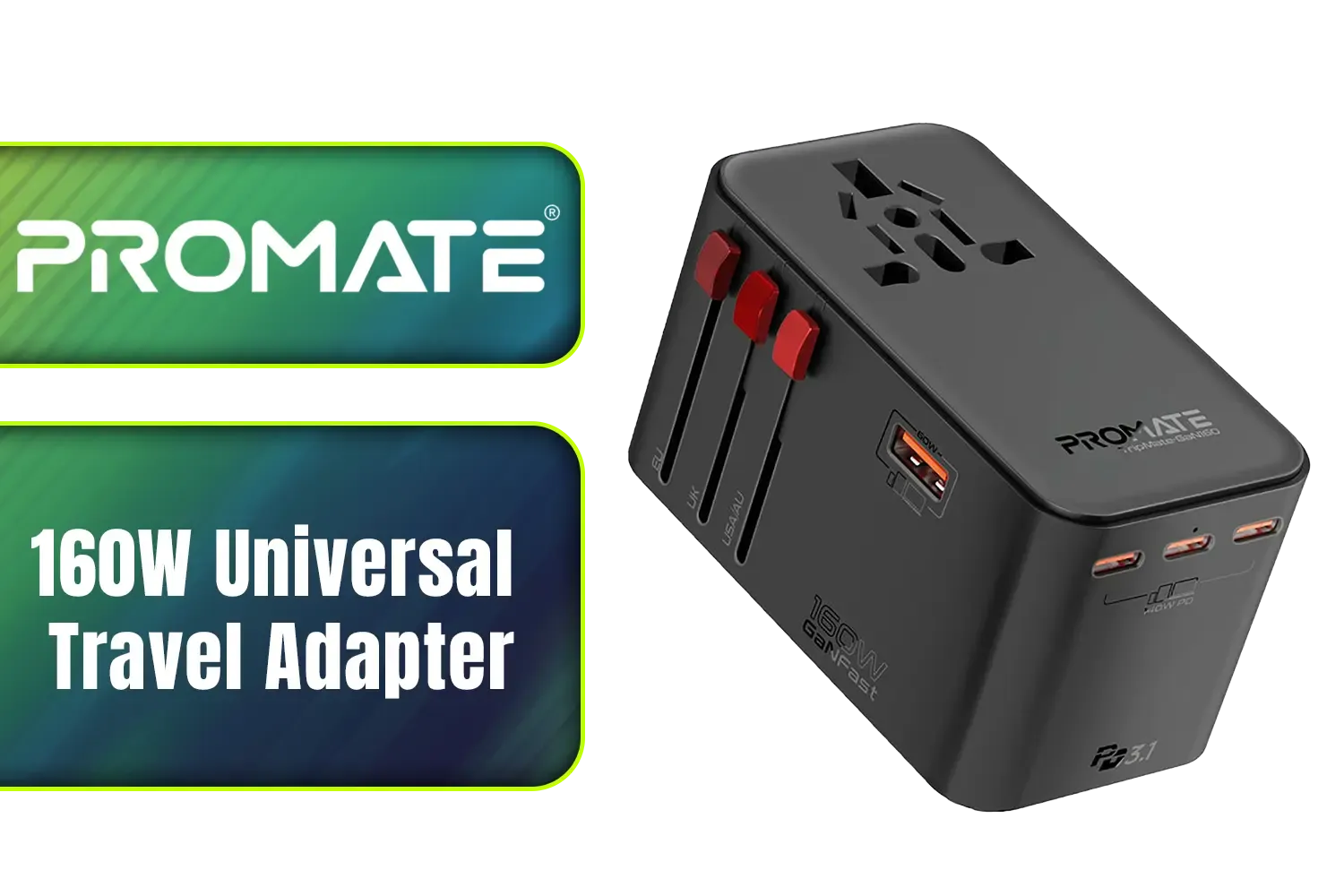



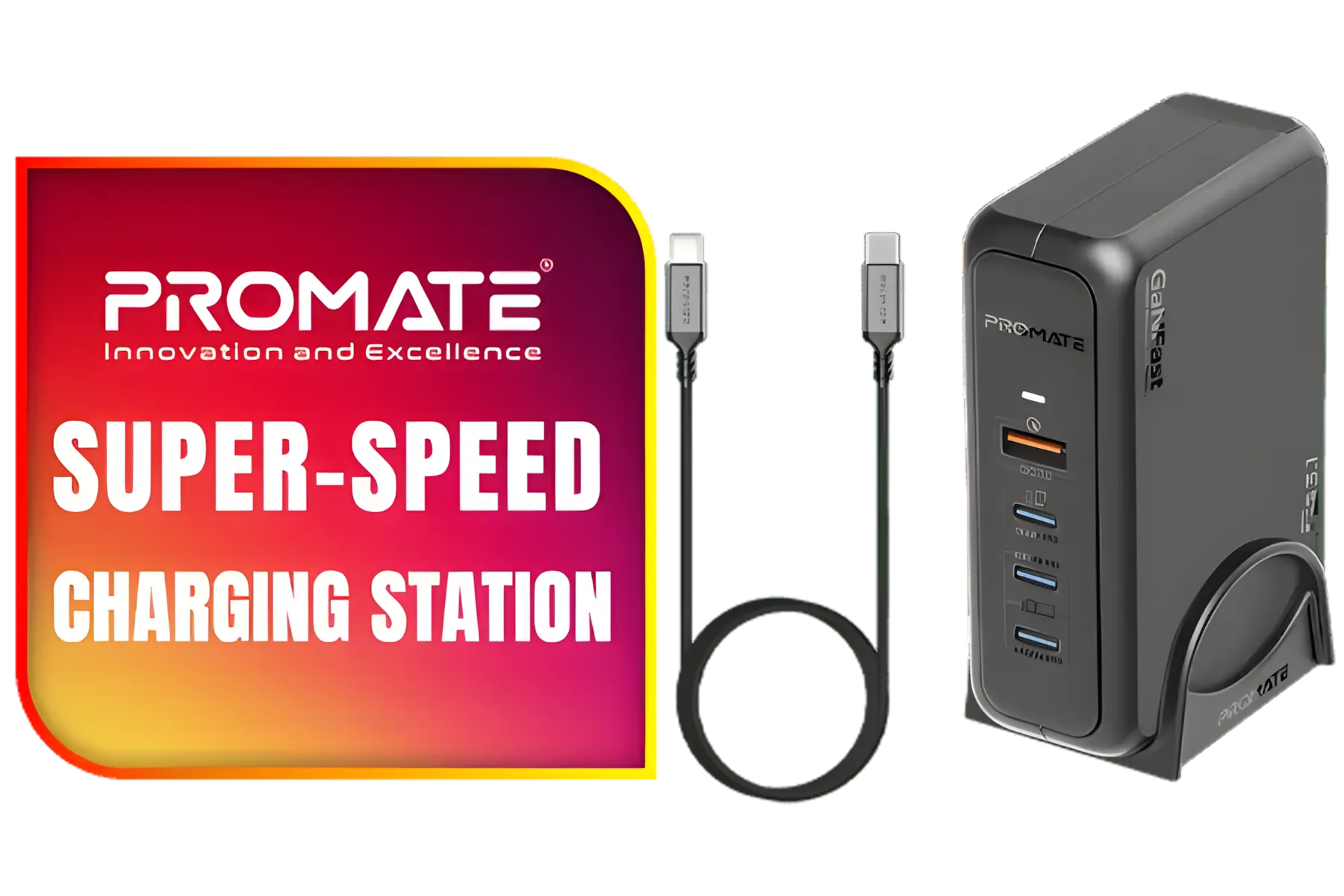
Optimising your setup is easy. First, alignment is key. Make sure your phone's charging coil (usually in the centre) is lined up with the coil on the charging pad. Sometimes a simple nudge is all it takes. 🚀
Second, not all chargers are created equal. A well-built, powerful charger is more likely to have a strong enough field to work through a variety of cases. Finding a reliable Promate charger can make a world of difference. For gamers, keeping your phone juiced up without plugging it in is a huge plus, making these pads essential gaming accessories for a clean, cable-free desk.
Ready to Cut the Cord for Good? The convenience of drop-and-go charging is undeniable. Stop wrestling with cables and upgrade your desk or bedside table. Explore our massive range of wireless chargers and find the perfect power solution for your setup.
In most cases, no. Modern cases under 5mm thick made from plastic, silicone, or TPU are usually compatible. Metal or cases with magnetic mounts can interfere.
Thin polycarbonate (PC), thermoplastic polyurethane (TPU), and silicone cases are ideal for wireless charging as they don't block the electrical current.
Your case might be too thick (over 5mm), contain metal parts, or have a pop socket or credit cards in the back, all of which can block the charging signal.
MagSafe works best with official MagSafe-compatible cases that have built-in magnets for perfect alignment. Standard cases may allow charging but won't offer the magnetic hold.
Yes, a thick case can slow down or prevent wireless charging. Many Otterbox series can be too bulky, while their slimmer versions are often fully compatible.
Most Qi wireless chargers work effectively through cases up to 3-5mm thick. Check your charger's specifications, as performance can vary between models.